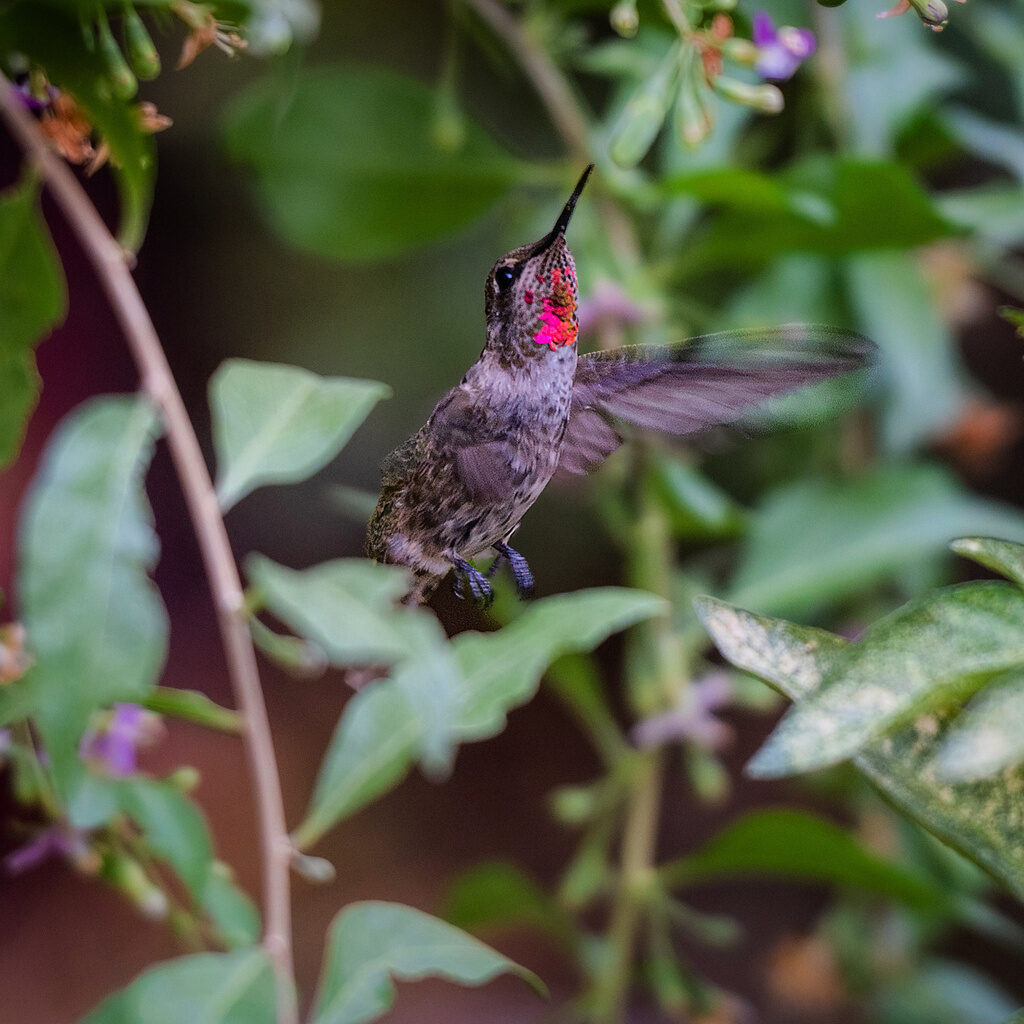Happy pollinator week and first official week of summer! ☀️🐝🦋
Pollinator week is an annual celebration in June to emphasize the importance of pollinators and their health, started by the Pollinator Partnership. To celebrate pollinator week, we’re going to share some information with you about a few of our favorite pollinators and a few others deserving recognition. June is also Pride Month, so we are going to start with a fun fact connecting pollinators and Pride! 🌈
Did you know there are pollinators named after drag queens? A new genus of soldier flies were discovered in Australia 2020 and given names that are indicative of their metallic and rainbow-colored bodies! Among Opaluma fabulosa, O. iridescens, O. opulens, O. sapphira and O. unicornis are O. rupaul, named after the drag queen RuPaul, and O. ednae, named after the Australian drag queen Dame Edna.



Soldier flies belong to the Stratiomyidae family, which include many flower-visiting flies! Many adult soldier flies visit flowers for nectar and subsequently transfer pollen on their bodies as they travel from one bloom to the next. Six of these seven Opaluma species were impacted by the Australian bushfires in 2019 and 2020; their recent taxonomic identification will allow them to be monitored in recovery efforts following the fires. The full citation for these stunning soldier flies can be found here.
To stay on the theme of iridescence, next we will share some information about my (Jen’s) favorite pollinators: Orchid bees! Orchid bees are in the same family as bumblebees and honey bees (Apidae) but are found within their own tribe, Euglossini. Within Euglossini, there are only five genera: Algae, Euglossa, Eulaema, Eufriesa, and Exaraete. Only one species of orchid bee is found in the United States (Euglossa dilemma), with the majority being found in Central and South America.


Not all orchid bees are iridescent– bees from the genus Eulaema are the exception, which are more similar in appearance to bumblebees than they are to the metallic members of Euglossini. I find orchid bees to be mesmerizing, not only because of their novel color forms, but also their unique adaptations. Some orchid bees’ tongues (proboscises) are more than 1.5 times their body length in order to access nectar located in long, tubular flowers! These bees often fly with their proboscis tucked under their body, and it may look like a small tail as it trails past their abdomen.

all rights reserved.
Euglossa have highly modified tibias on their hind legs. Male members of Euglossa species have a “pouch” on their tibia, used to collect and store floral fragrances from flowers in the form of essential oils. These oils are later used to attract potential mates. I like to think Euglossine males would be excellent candle makers.
Mallory’s favorite pollinators are long-horned bees, in particular those from the genus Melissodes, which are highly abundant in the latter half of our field season! Mallory loves long-horned bees because they have many traits that make them easily identifiable in the field. Males have elongated antennal segments which are indicative of their common name ‘long-horned’. They often have interesting colored eyes as well- some of the specimens we collect have green, blue or grayish eyes that contrast greatly with their often blond-colored hair (scopa). Her favorite trait, however, is the scopa on their hind legs. When full of pollen, long-horned females often look like they have ‘pollen pants’ on, in contrast to the neat and tidy pollen baskets seen on bumblebees! Svea thinks their pollen pants make long-horned bees look like they’re wearing a pair of western-style chaps. Melissodes primarily pollinate species from the Asteraceae, with specialization occurring on asters, daisies, and sunflowers. Sometimes Melissodes are called ‘sunflower bees’.


Svea’s favorite pollinator is Anna’s hummingbird (Calpyte anna). C. anna is one of seven hummingbird species native to Oregon. Svea enjoys watching Anna’s hummingbird as a pastime at her parents’ house: they have a small, active community of hummingbirds that are very vocal and can be seen fighting over their nectar sources (including their butterfly bush and hummingbird feeder).
Svea also mentioned that the males are particularly pretty, though it requires a particular angle of light to make their iridescent copper-red colored throats glow. The ‘Anna’ in Anna’s hummingbird comes from the French Duchess of Rivoli, Anna Masséna, who was part of the court of France’s last empress (Eugénie de Montijo, 1853-1870). Anna’s hummingbirds are important pollinators in California, where they feed from coastal chaparral flora that share a similar phenology (breeding and feeding patterns) with the pollinator.
Nicole is another member of the lab whose favorite pollinator is a hummingbird! Nicole’s favorite pollinator is the Rufous hummingbird Selasphorus rufus. The USDA Forest Service describes the Rufous hummingbird as “small but feisty long-distance migrant[s]”. They are small in size and feisty in their protection of their feeding territories, they have been known to chase off other hummingbirds, large insects, and even people! Some of their preferred host plants include morning glory (Ipomoea arborescens), ocotillo (Foquieria spp.), shrimp plant (Justicia spp.) and red-colored blooms from the mint family, such as Salvia elegans and Stachys coccinea. Nicole loves the Rufous hummingbird because she regularly saw them while she was growing up. They could regularly be seen foraging and defending their territory in her parent’s yard.

Cara’s favorite pollinator is the Western Tiger Swallowtail Papilio rutulus. This magnificent butterfly can be commonly found at Cara’s research plantings of butterfly bush (Buddleja spp.), and can also be spotted basking on yarrow or slowly fluttering along the hedgerows at Oak Creek Center for Urban Horticulture. Despite the name ‘butterfly bush’, Cara has found butterflies to be infrequent visitors of Buddleja, though of the few butterfly visitors they receive, the Western Tiger Swallowtail is the most common. Cara additionally grew up seeing swallowtails every summer, which is why they are her favorite pollinator! To read more about this swallowtail, check out Lucas’s Pollinator of the Week Post.





